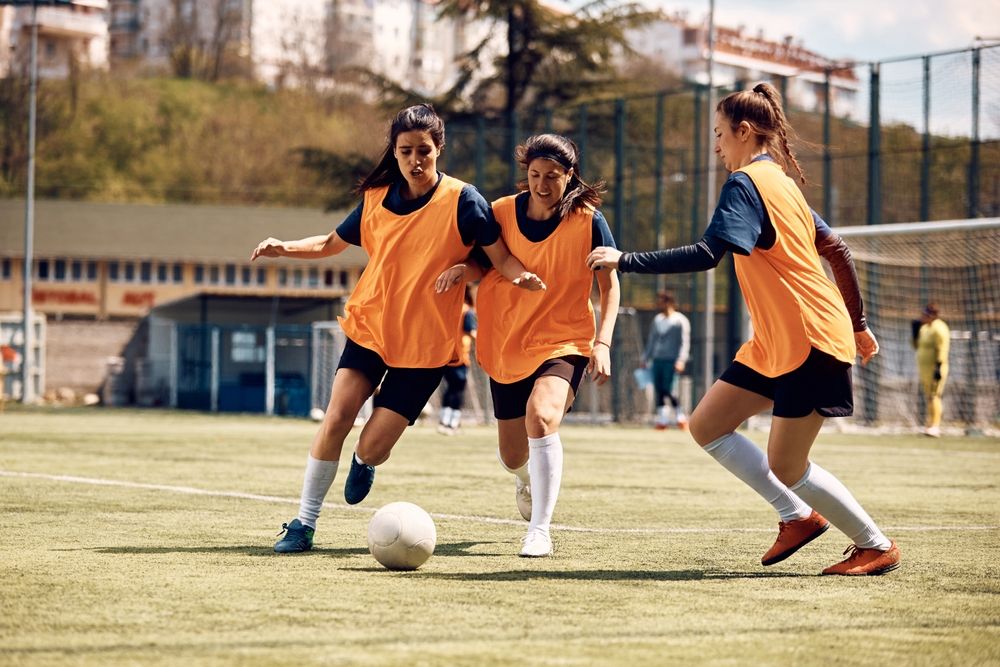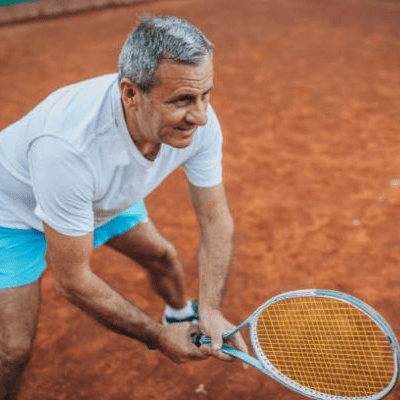
Featured Doctor
Brian Capogna, MD
Dr. Capogna is an orthopedic surgeon at Orthopaedic Associates of Manhasset, specializing in shoulder, elbow, hip and knee injuries. Please call his office at (516) 627-8717 to schedule an appointment or schedule an appointment online.
View Profile

By Brian Capogna, MD, sports medicine surgeon at OAM
Soccer is a popular sport for both females and males during adolescence and can instill values of teamwork, determination and success while keeping active.
With these positives comes the risk of injuries, which can potentially occur any time there is physical activity. Common soccer injuries can include strains and sprains, contusions, concussions, and knee injuries such as MCL and ACL tears.
As with other fall sports, student athletes may not be conditioning their body during the summer so it’s important to “ramp up” into the new season.
Here are some tips to try to prevent injuries:
1. Always warm up. Do not skip this part. Stretching helps get your body ready for competitive play. Additionally, stretching after a game can help your body cool down which is also important.
2. Refine practice routines. Soccer players should focus on endurance training, hamstring flexibility and core mechanics as opposed to just bulk weight lifting and strength training, which in isolation could lead to in-season injuries. Athletes should work on maximizing their flexibility and agility to try to prevent against acute injuries such as ankle sprains.
3. Prevent against ACL tears. When I evaluate a player during pre-season who appears to be at high risk for ACL tears, I recommend ACL prevention regimens. Risk factors can include: a previous injury, knock knees, unbalanced quads or hamstrings, landing awkwardly when jumping, etc. Female soccer players have the highest rate of ACL injuries of any athlete in any sport. It is all the more important to focus on lower extremity kinematics for these female athletes. Most ACL tears occur during non-contact plays such as cutting, pivoting or landing.
4. Learn how to head the ball correctly. The rate of concussion is higher in soccer than many people think. Athletes should work with their coaches and trainers to learn proper techniques to keep their neck and head safe.
5. Don’t forget rest and recovery. This is paramount for adolescents. Single-sport specialization has been one of the main reasons why there are so many injuries in young athletes. We need to focus on recovery. Kids should be kids – sports can be a part of their life but it shouldn’t be the only part.
There has been a big push recently to educate both athletes and parents on overuse injuries in young kids. Many student athletes seen by orthopedic surgeons come with overuse injuries. As adolescents have open growth plates, their young bodies are more prone to inflammation if they are overworked during sports.
Any injuries that occur on a soccer field should be evaluated by a physician who is trained in sports medicine to accurately diagnose and treat.







